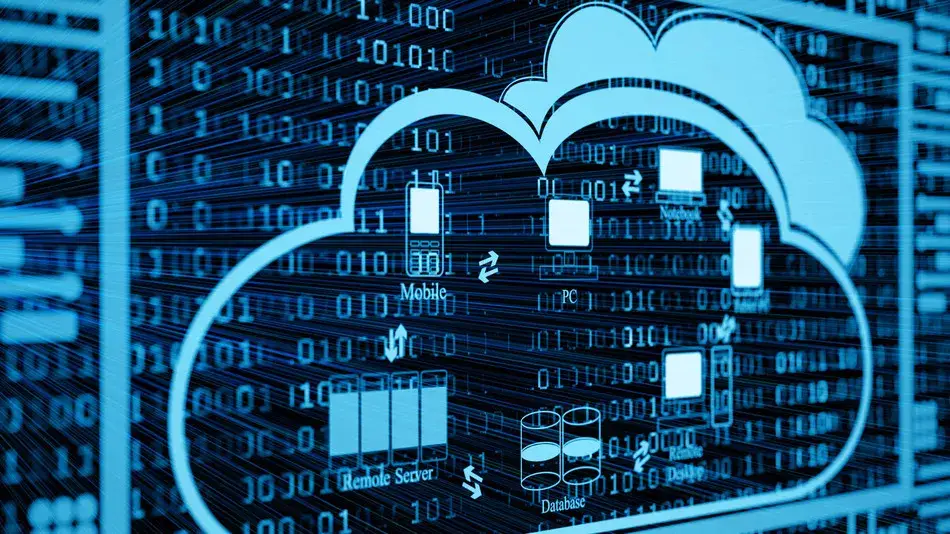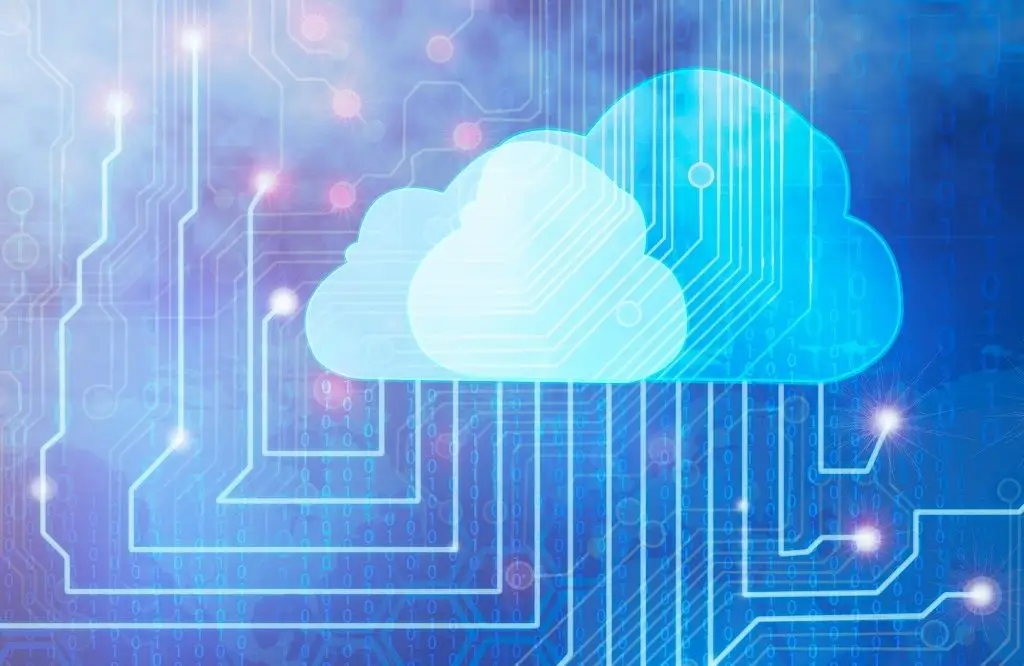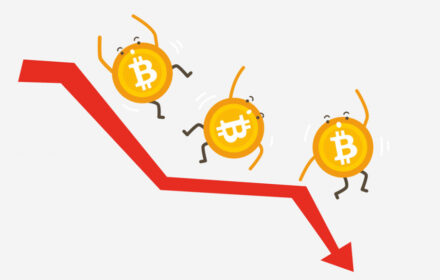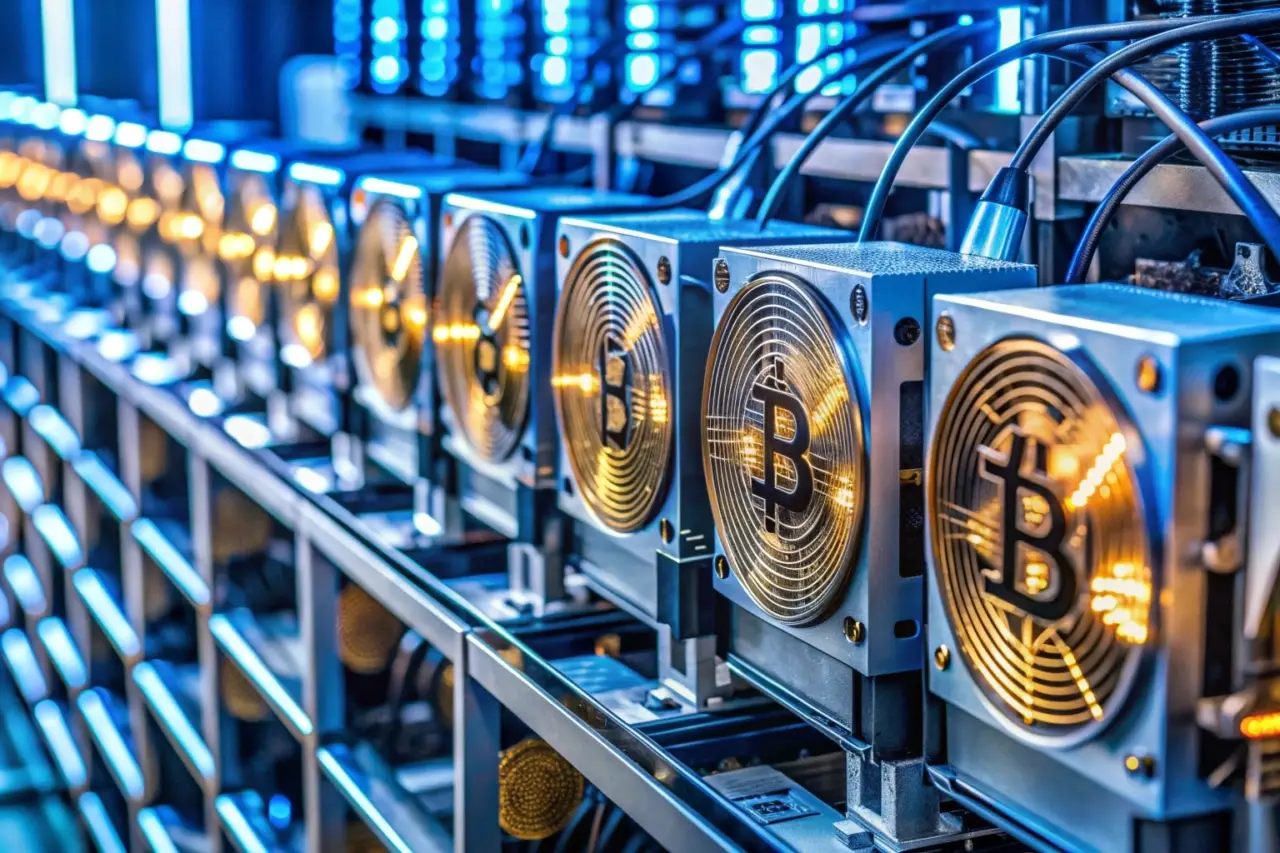The crypto market is increasingly offering passive income solutions in 2025. Cloud mining occupies a niche between traditional equipment and exchange instruments. The user rents energy, pays for electricity and receives income from mining cryptocurrencies. The best cloud mining services combine stability, convenience and investment protection.
Huge selection of the best cloud mining services
Direct mining requires the purchase of ASIC devices, cooling, installation on the farm and complex maintenance. Cloud services take over these tasks from the user. Simply pay for the contract and receive cryptocurrency in your account. Verified sources guarantee a stable hash rate, transparent conditions, flexible rates and crash protection.
TOP 10: The best cloud mining services in 2025
 The current rating of the platform is based on security, cost-effectiveness, interface, contract flexibility and support.
The current rating of the platform is based on security, cost-effectiveness, interface, contract flexibility and support.
CryptoTab Farm: Start from a browser without technical barriers
CryptoTab Farm occupies a special place among the best cloud mining services due to its non-standard architecture. The emphasis is mainly on accessibility. The platform uses browser resources to mine BTC, allowing you to connect mobile devices, older PCs and office equipment. The admin panel displays accurate data on the hash rate, the number of active nodes and the progress of payments.
Integration takes place via an extension and an app. The user creates a network of his own devices and determines the load of each device himself. Security is based on closed channels and an internal authorization server. The algorithms are simplified to a level that is understandable even for novice users. Suitable for easy entry into mining, without investment in the initial phase.
Binance Cloud Mining: Institutional Standard
Binance Cloud Mining is an example of integration into the exchange infrastructure. The platform is integrated into the personal account of the Binance main account. The user activates the contract, selects the cryptocurrency (BTC, ETH) and specifies the volume and duration. The proceeds are transferred to the spot wallet in the form of regular payments.

Reports include graphs, profitability tables and payment history. Contracts are automatically renewed. Security is provided by the entire Binance ecosystem: two-factor authentication, IP binding and internal limits. This is one of the best projects on the list of reliable cloud mining services due to its stable architecture and liquidity support.
BeMine: Real devices, stable results
BeMine is intended for users who want to mine via physical devices, without having to worry about the infrastructure. Through this platform, you can buy shares in real ASIC miners located in certified data centers. After purchase, the specific device model, hash rate, power consumption and history are displayed.
Contracts are available from one dollar. The control panel allows you to monitor temperature, load and equilibrium point. The user experience shows stable earnings in dollars and BTC. Security is guaranteed by access segmentation and technical support, with a money-back guarantee in case of equipment failure.
Bybit Mining: Highly profitable NFT mining
Bybit Mining combines cloud mining and DeFi functionality. The service offers Bitcoin, Ethereum and Litecoin mining through contracts secured with NFT tokens. This allows the capacity to be resold on the domestic market, creating a second source of income.

Contracts are executed with one click via the main interface of the Bybit platform. Capacity allocation and profit calculator are integrated into the work module. Accumulations take place daily. Security is managed by internal KYC, multi-signature and login history. Suitable for those looking for a combination of profit and flexibility.
ECOS: Strategic mining with analysis
ECOS offers not just a service, but a complete ecosystem. The user gets a personal account with analysis, graphs and profitability forecasts. Contracts can be customized in terms of duration, capacity and algorithm. The built-in calculator shows the potential profitability for the coming year.
In addition, ECOS offers portfolio solutions that combine mining, token and ETF products. Security is guaranteed by secure server rooms, physical access control and daily audits. One of the best cloud mining services, popular with investors looking for long-term diversification.
Gate.io Cloud Mining: power as an asset
Gate.io Cloud Mining stands out for its original approach to contract management. The user buys a contract linked to a specific cryptocurrency and can resell it to other participants in the system. The contracts are integrated into the Gate.io main account and are linked to the price of the asset.
The interface allows you to track profitability, change schedules and switch between currencies. The service combines mining and trading, allowing for additional strategies. Security is based on our own fraud prevention system, three-factor authentication and internal user reviews.
Hashing24: Stability under global load
Hashing24 has been in operation since 2015 and remains stable even under maximum load. The capacity is rented from data centers in Iceland and Canada. There, electricity costs are minimal and the climate is favorable for cooling equipment. Contracts have fixed terms and costs. The platform displays the profitability forecast, accumulation history and technical parameters of each machine. Security remains at a high level thanks to independent audits, API keys and mandatory verification. Suitable for stable professional mining.
HashShiny: mobile mining with one click
HashShiny is intended for people who want to mine cryptocurrency from a mobile device. The interface is adapted for smartphones. The platform offers contracts from 1 day to 1 year, including short-term pools. BTC, ETH and ZEC are available with the ability to switch between algorithms. The panel displays the hashrate, profitability and remaining contract time. The platform updates the data periodically every minute. Data centers are located in regions with low production costs. The loyalty program offers bonuses for contract renewals.
Genesis Mining: an old brand with a new structure
Genesis Mining is among the best and is one of the most recognized brands. Offers long-term contracts of 12 and 24 months with clear documentation. Data centers are located in secure jurisdictions in Europe and Asia. The dashboard includes APIs, reports and forecasts. The project is intended for institutional investors who prefer structured solutions. Security includes multi-layered protection, legal support and full compliance. The representative of the ranking of the best cloud mining services guarantees stable operation and transparency of all operations.
IQMining: Investments with flexible configurations
IQMining combines cloud mining and investment strategies. The user selects a contract, activates the reinvestment system and configures the project via the dashboard. Support for POS and NFT products provides greater flexibility. The platform allows for long-term and lifetime contracts. Automatic purchase of energy, integrated chat with support, currency exchange module. Security is guaranteed by a multi-account system and algorithmic transaction filters.
Conclusion
 The best cloud mining services of 2025 will go beyond just renting hashrate. They will become ecosystems: combining mining, trading, NFTs, storage, and analytics. Success will be determined not only by profitability, but also by transparency, support, control, and security.
The best cloud mining services of 2025 will go beyond just renting hashrate. They will become ecosystems: combining mining, trading, NFTs, storage, and analytics. Success will be determined not only by profitability, but also by transparency, support, control, and security.
 en
en  de
de  ar
ar  es
es  nl
nl  hi
hi  fr
fr  it
it  pt
pt  el
el 










